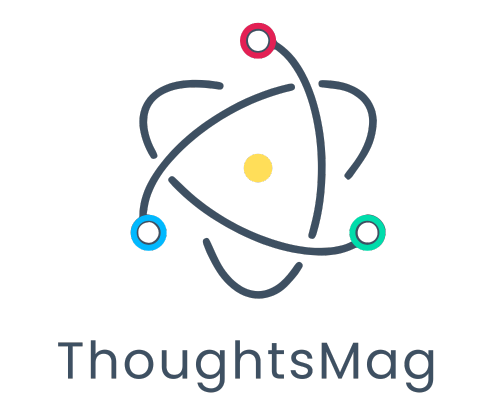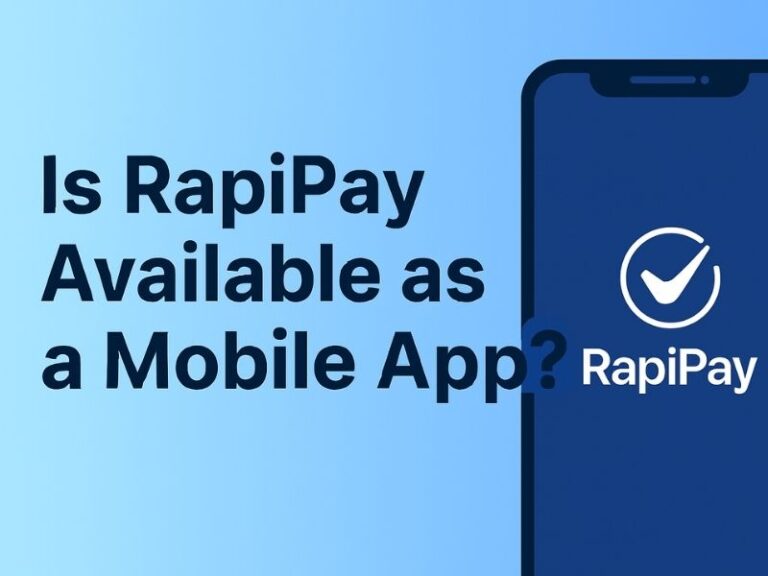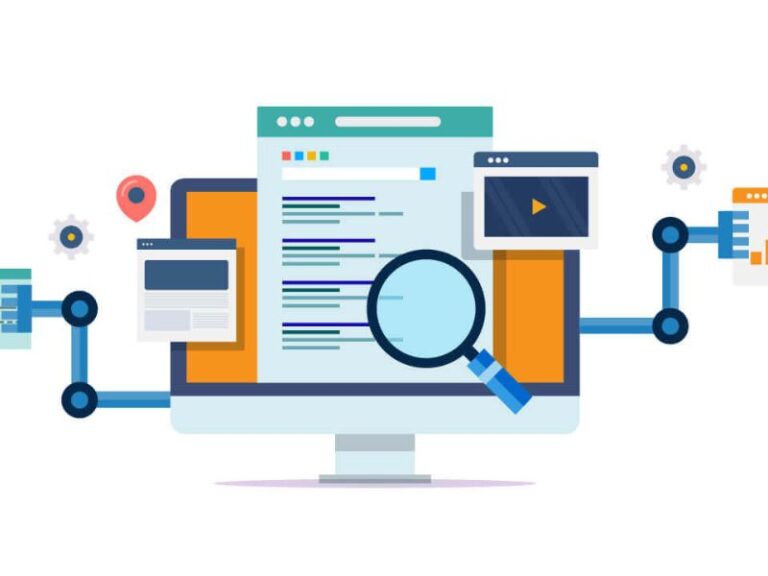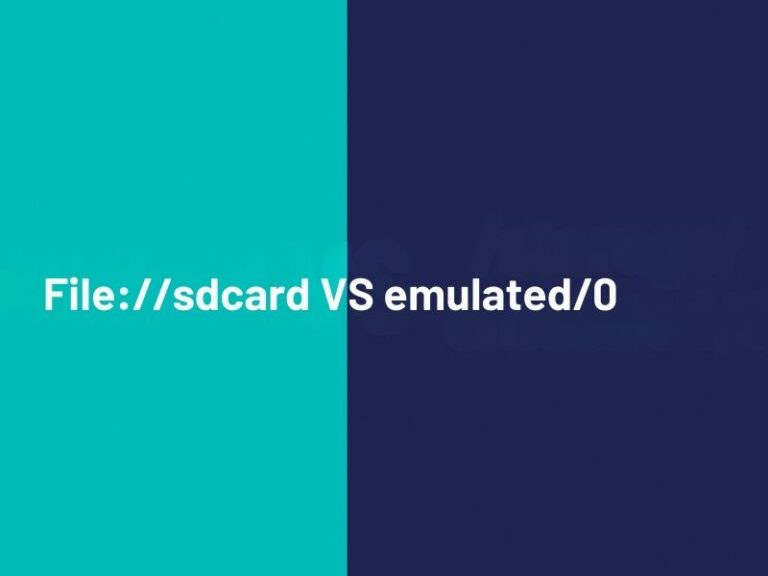GPT OSS: Exploring the Future of Open Source AI with Generative Pre-trained Transformers
In recent years, Generative Pre-trained Transformers (GPTs) have redefined artificial intelligence. From writing essays to building apps, GPT models have shown incredible potential. But as most powerful GPTs are controlled by tech giants, the open-source community has stepped up to provide GPT OSS – open-source alternatives to proprietary models. These models not only democratize access to AI but also empower developers and organizations to innovate freely.
In this article, we’ll explore the meaning, evolution, popular tools, real-world uses, and future scope of GPT OSS (GPT-based Open Source Software). Whether you’re a developer, researcher, entrepreneur, or AI enthusiast, this guide will help you understand the revolution of open-source generative AI.
What is GPT OSS?
GPT OSS refers to GPT-based models and software released under open-source licenses. These tools mimic the capabilities of closed GPT models (like OpenAI’s ChatGPT or Google’s Gemini) but are free to use, modify, and deploy.
GPT (Generative Pre-trained Transformer) is an architecture built on transformers – a neural network model designed to generate human-like language from massive datasets. When combined with the OSS (Open Source Software) philosophy, it gives rise to publicly accessible, transparent, and modifiable generative models.
This fusion is a breakthrough for the AI community, enabling independent researchers, small businesses, and global organizations to harness advanced natural language processing (NLP) without the constraints of closed systems.
The Evolution of GPT OSS
OpenAI originally developed GPT models, starting with GPT-2 in 2019. Though OpenAI hesitated to release the full version at first, the community responded by developing their own:
-
GPT-Neo and GPT-J (by EleutherAI): Among the first viable open alternatives to GPT-3.
-
BLOOM (by BigScience): Trained on multilingual data with a diverse global team.
-
LLaMA (by Meta AI): Hugely influential in 2023–2025 for small and medium-sized models.
-
Mistral & Falcon: Performance-driven models competing with commercial AI.
Each iteration proved that open-source GPTs could rival commercial models in many tasks, especially when fine-tuned.
Why GPT OSS Matters in 2025
By 2025, GPT OSS models have reached unprecedented quality and accessibility. Here’s why they matter now more than ever:
-
Democratization of AI: Anyone can use or adapt powerful language models.
-
Transparency: Access to training data, model weights, and architecture builds trust.
-
Customization: GPT OSS can be fine-tuned for unique domains (legal, medical, coding).
-
Cost Savings: No API fees, monthly subscriptions, or usage limits.
-
Data Control: Deploy on your own servers and safeguard sensitive data.
As concerns around AI ethics and monopolization grow, GPT OSS offers a path to responsible, inclusive, and flexible AI development.
Top Open Source GPT Models in 2025
GPT-NeoX & GPT-J (by EleutherAI)
-
Architecture similar to GPT-3
-
Available via Hugging Face
-
Used in text generation, summarization, chatbots
BLOOM
-
Developed by BigScience collaboration
-
Trained on 46 languages and 13 programming languages
-
Supports transparency and multilingualism
LLaMA 2 & LLaMA 3 (Meta)
-
Focus on efficiency and fine-tunability
-
High adoption in enterprise AI deployments
Mistral-7B & Mixtral
-
Efficient transformer models with advanced inference speed
-
Mixture-of-Experts design improves performance
Falcon (by TII)
-
Known for its speed and open weights
-
Competes with GPT-4-sized models
RWKV
-
RNN-style GPT alternative with transformer-quality performance
-
Easy to train, deploy, and scale on modest hardware
Use Cases of GPT OSS
Open-source GPTs are now integrated into a wide range of real-world applications:
Education
-
AI tutors for subjects like math, science, and coding
-
Essay grading and feedback tools
-
Multilingual educational bots
Software Development
-
Code generation tools (like CodeGen and Tabby)
-
Git commit message automation
-
Code summarizers and bug fix suggestions
Customer Service
-
GPT-based virtual agents trained on company data
-
AI help desks for small businesses
-
Voice assistants with local language support
Content Creation
-
Blog and ad copywriting
-
SEO optimization tools
-
Email generators and social media captioning
Legal and Healthcare
-
Legal clause generation
-
Medical documentation and summaries
-
Risk analysis and knowledge retrieval bots
GPT OSS vs Closed GPT Models (like ChatGPT)
| Feature | GPT OSS | Closed GPT (e.g., ChatGPT) |
|---|---|---|
| Cost | Free (self-hosted) | Subscription or pay-per-use |
| Customization | High – Full model control | Limited API-level customization |
| Transparency | Full model architecture & data | Black box |
| Data Privacy | 100% in your control | Uploaded to provider’s cloud |
| Performance | Depends on hardware and tuning | Highly optimized infrastructure |
Benefits of Using GPT OSS
-
No Vendor Lock-in: You own and control the stack
-
Local Deployment: Perfect for data-sensitive applications
-
Community Support: Thousands of developers contribute actively
-
Fine-Tuning Power: Customize to your dataset, language, or task
-
Education & Research Ready: Ideal for academic environments
Challenges and Limitations
-
High Resource Requirements: Running large models locally can need >16GB GPUs
-
Security & Maintenance: You manage your own backend
-
Optimization Gaps: Commercial models often outperform on coherence and speed
-
Limited Datasets for Training: Quality depends on pre-training corpus
-
Steep Learning Curve: DevOps, ML experience required
Tools and Frameworks Supporting GPT OSS
-
Hugging Face Transformers – Core library for loading and using OSS GPTs
-
LangChain – Build intelligent apps using LLMs
-
AutoGPT / AgentGPT – Open-source AI agents using GPT models
-
DeepSpeed / FasterTransformer – Speed up inference on limited hardware
-
LoRA & QLoRA – Fine-tuning with low-resource setups
-
ONNX & TensorRT – For model optimization and deployment
Real-World Projects Using GPT OSS
-
OpenAssistant – A community project to build a ChatGPT alternative
-
TabbyML – GPT-like code assistant that runs locally
-
StableLM (by Stability AI) – Companion to Stable Diffusion, for language generation
-
PrivateGPT – Run LLMs on private data without internet access
-
Alpaca.cpp – Lightweight LLaMA models optimized for Mac/Linux
Getting Started with GPT OSS
Step-by-Step Guide to Run Your First GPT OSS Model:
-
Install Python, PyTorch, and required dependencies.
-
Choose a model from Hugging Face (e.g., GPT-J).
-
Clone the repository and download model weights.
-
Write a basic Python script to generate text.
-
Try fine-tuning on your own data using LoRA.
-
Deploy using Gradio for a web UI or FastAPI for APIs.
The Future of GPT OSS
As we move into an AI-driven world, GPT OSS is likely to play an even bigger role:
-
Multimodal GPT OSS: Combining text, images, and audio in one model
-
Smaller Yet Smarter Models: Focus on efficiency for mobile and edge devices
-
Ethical AI: OSS helps audit and correct biases transparently
-
Decentralized AI Networks: Community models running peer-to-peer
-
Government and Healthcare Applications: OSS enables secure, local deployments
Conclusion
GPT OSS is revolutionizing how we build, deploy, and interact with artificial intelligence. It provides developers and organizations with the freedom to create, customize, and innovate with advanced language models—without being tied to proprietary ecosystems.
Whether you’re a researcher wanting full transparency, a startup looking to cut costs, or a developer building custom AI tools, GPT OSS is your ticket to cutting-edge generative AI. The open-source movement has already transformed operating systems, web servers, and browsers — and now it’s doing the same for AI.
Start exploring today. Contribute, build, and join the next wave of AI transformation.






